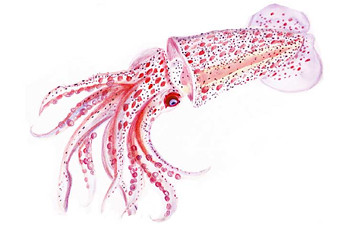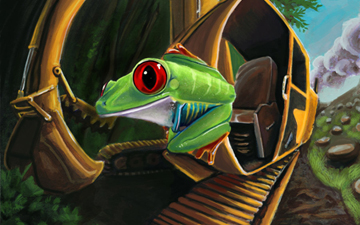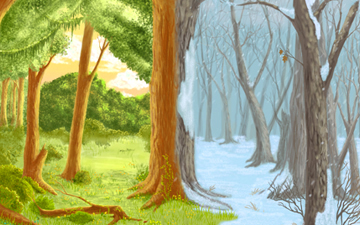Cards
(QUICK LINKS: Decks | plants | mammals | birds | | reptiles | fish | cephalopoda | insects | microbe | events
( scientist | project | modifier | technique |)

Cock-eyed Squid
Histioteuthis sp.



9 POINTS
Play: Histioteuthis has a MOVE of 2.
Fact: Histioteuthis lives at depths of around 1500 ft (500-1000 meters).

Home Card
Apartment
• This is a HOME card. The game starts with each player having a HOME card played on the table next to each other.
• HOME cards represent all TERRAIN and CLIMATE values.

Habitat Loss
Event Card
Play: Place this card on any SPECIES card.
Effect: The SPECIES card must be removed immediately. You may leave this card on the table to show that this location cannot be used anymore in the game.

Drought
Event Card
PLAY: on 1 SPECIES cards, with land based TERRAIN.
EFFECT: Convert to DESERT terrain for 1 turn. Discard played SPECIES that are incompatible.

Cold Snap
Event Card
PLAY: on 1 SPECIES card. EFFECT: Convert to COLD climate for 1 turn. Discard played SPECIES that are incompatible.

Wind
Event Card
PLAY: on 1 SPECIES card.
EFFECT: Required for some SPREAD actions.